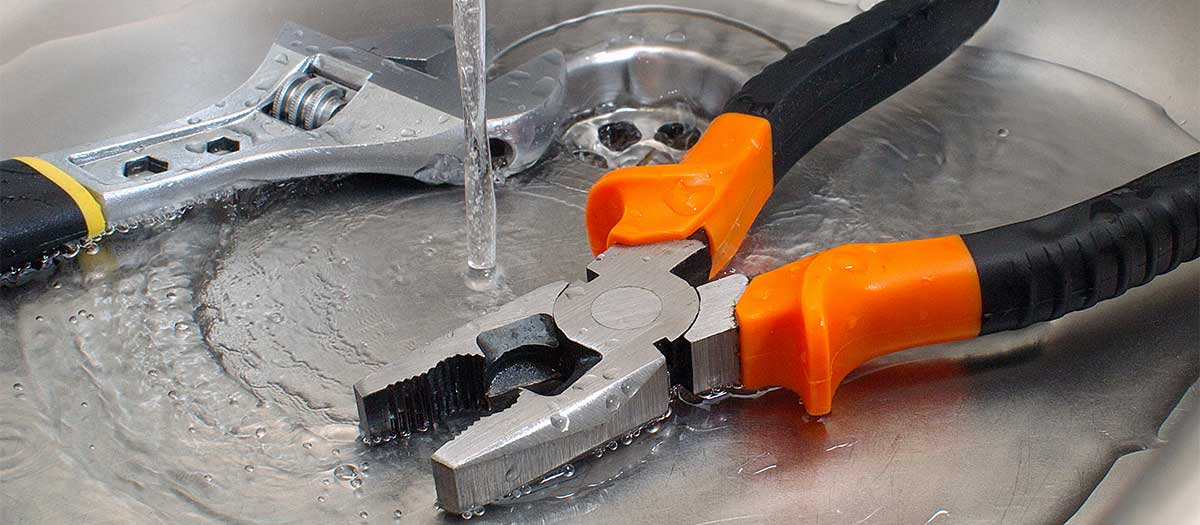How to Check If Your Home Has a Covert Leak
How to Check If Your Home Has a Covert Leak
Blog Article
Are you currently in search of help and advice concerning Top leak detection hacks?

Early discovery of dripping water lines can alleviate a potential disaster. Some little water leaks may not be noticeable.
1. Analyze the Water Meter
Checking it is a guaranteed means that helps you find leaks. If it moves, that indicates a fast-moving leak. This suggests you might have a slow-moving leak that can even be underground.
2. Examine Water Usage
If you identify abrupt adjustments, despite your consumption being the exact same, it implies that you have leakages in your plumbing system. An abrupt spike in your bill suggests a fast-moving leak.
At the same time, a constant rise each month, despite the same routines, shows you have a slow-moving leakage that's additionally slowly rising. Call a plumber to extensively check your building, particularly if you really feel a cozy location on your floor with piping below.
3. Do a Food Coloring Examination
When it comes to water consumption, 30% comes from commodes. If the shade in some way infiltrates your bowl during that time without flushing, there's a leakage in between the tank and bowl.
4. Asses Outside Lines
Don't neglect to inspect your outside water lines too. Examination spigots by affixing a yard hose. Should water permeate out of the connection, you have a loose rubber gasket. Replace this and make sure all links are tight. If you've got a sprinkler system, it will help get it properly examined as well as preserved annually. One little leak can waste lots of water and also increase your water expense.
5. Check as well as Assess the Scenario
Property owners must make it a routine to check under the sink counters and also also inside cupboards for any type of bad odor or mold development. These two red flags suggest a leakage so prompt attention is required. Doing regular examinations, also bi-annually, can conserve you from a major problem.
Examine for stainings as well as deteriorating as most devices and also pipelines have a life expectations. If you suspect leaking water lines in your plumbing system, don't wait for it to escalate.
Early detection of dripping water lines can reduce a prospective disaster. Some tiny water leakages might not be noticeable. Examining it is a proven way that assists you discover leakages. One small leak can lose heaps of water and spike your water bill.
If you think leaking water lines in your plumbing system, do not wait for it to intensify.
How to Know If Your Home Has a Hidden Leak
Water Meter Reveals Inexplicable Water Usage
If you’d like to test whether or not there’s a leak somewhere in your home, you can do this using your water meter. Here is how to conduct the test:
Don’t use any water in your home for at least 30 minutes; this also means not turning on faucets or water-using appliances.
Go outside, and check your water meter for activity.
If your water meter shows that there was activity, even though no one was using any water, this proves that there is a leak in your home.Visible Mold or Mildew Growth
Leaks behind walls create moist, dark environments that allow mold and mildew to grow and thrive. Eventually, you might see mold growth forming on the wall closest to a hidden leak.
If mold is growing in an area that receives a high amount of moisture, such as a bathroom, it may simply be an indication that better ventilation is needed. However, if you see mold growth on a wall or the ceiling in an area where you would not expect, you probably have a hidden leak.
Musty, Mildew Odor
Sometimes you might not be able to see the mold or mildew that is growing as a result of a leak. However, the smell can give the problem away just as easily. If you catch a whiff of something musty, there’s a good chance that old water is collecting somewhere in your home that you can’t see.
Stained/Warped Walls, Ceilings, or Floors
When your home soaks up water, a variety of red flags can become visible, including ceiling stains, bubbling drywall, warped walls, and sagging floors. While these issues can be caused by excess humidity, they can also be signs that a pipe or plumbing connection has started leaking behind your walls.
Inexplicably High Water Bill
After a while, you get a general sense for what your water bill should be. If you own a pool or sprinkler system, your bill will tend to be higher during summer. However, if you receive a water bill that seems especially high, and you can’t figure out what caused it, then you may have a hidden leak somewhere that’s increasing your bill.
https://www.plumbingjoint.com/blog/2019/july/how-to-know-if-your-home-has-a-hidden-leak/

I am very inquisitive about Leaking water lines and I am assuming you appreciated my article. Appreciated our content? Please share it. Let somebody else check it out. Bless you for your time. Please check up our site back soon.
Report this page